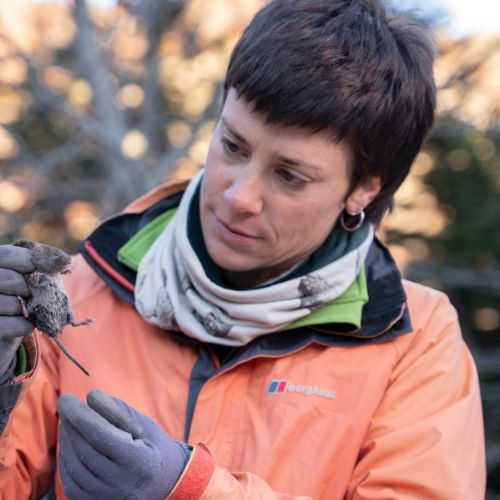
Freixas Mora Lídia
Lídia Freixas Mora was degree in biology at the Autonomous University of Barcelona (UAB) in 2008. During her student days she participated in numerous wildlife monitoring projects and census campaigns from birds, terrestrial mammals, and marine mammals collaborating with research groups to the University or naturalistic groups.
In 2007 she started to work with the Natural Sciences Museum of Granollers (MCNG) supporting research projects and monitoring wildlife, mainly with mesocarnivores, small mammals and bats in Natural Parks from Iberian Peninsula and North Africa and too performing tasks related to the analysis of diet of predators (raptors and carnivores). At the same time, she makes various environmental dissemination and awareness activities in the Museum's education department and in nature schools and activities linked to the Consortium for Waste Management and carrying out environmental guides and workshops for families and schools.
In 2011 she focused on the study of the edible dormouse (Glis glis) and the knowledge of its southernmost populations in the Iberian Peninsula providing unpublished data on these populations. The main goal of his latest research period has been to create a dormouse monitoring program based on citizen science with the Biodiversity and Bioindicators Research Group (BiBio) in the MCNG using a specific methodology to collect long-term data for this species and contribute to its conservation. She is also centered to study the edible dormouse diet and hibernation, the relationships between edible dormouse reproduction and environmental conditions and seed production of deciduous forest in the Northern East of the Iberian Peninsula and the demographic trends for this species.
Recently, Lídia is working to coordinates the Museum’s small mammal research area, dynamizing and coordinating the network of volunteers and carrying out tasks of communication and dissemination the different small mammal projects.



